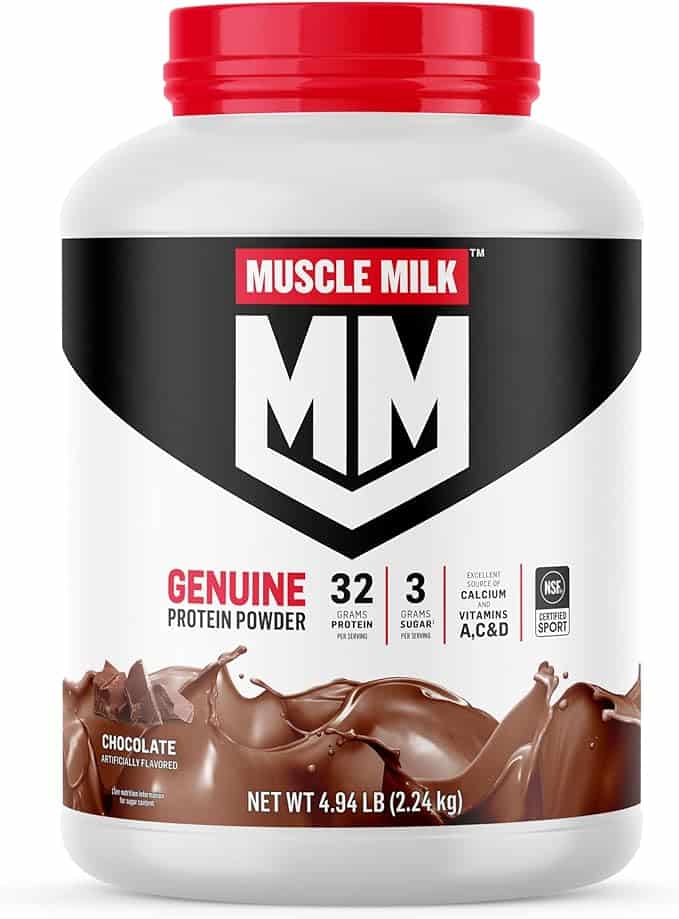
Everyone knows how to jump rope. Hold the two ends and whip over your head, under your feet, back over your head, and so on. But we don’t all have a convenient plan in our back pocket. Hopefully we can provide some useful suggestions here to help you work routines for jumping rope into your weekly routine.
This great exercise is an awesome fat burner, but it can also be pretty boring if you just use steady state jumping counting the reps. That boredom can be overcome through, as jump rope is one of the greatest inventions ever for fitness enthusiasts and athletes, with many variations on technique, timing, intensity, and duration.
You also benefit from routines for jumping rope by strengthening your rotator cuffs and shoulders, increasing power in your lower body, developing your calves, and much more. Use some of the techniques listed below to make your jump rope sessions more challenging. Use the highest intensity techniques for your HIIT training.
(more…)










